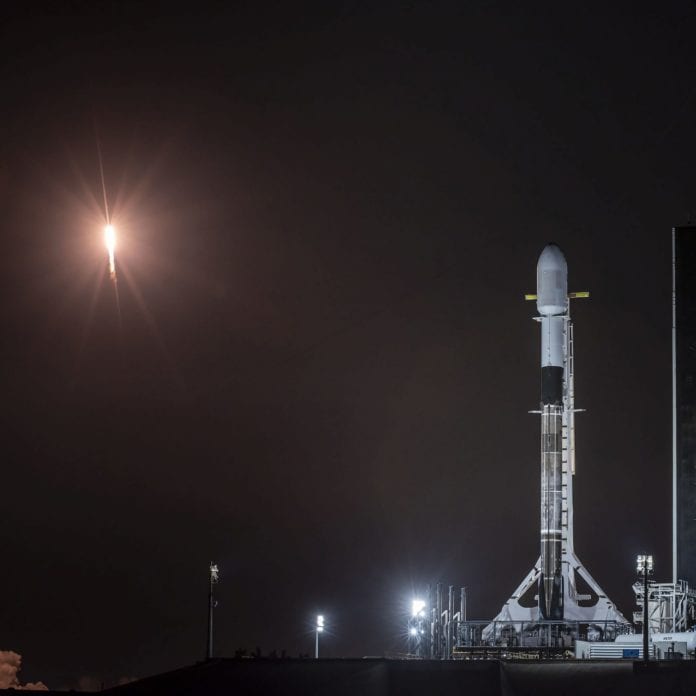SpaceX has been granted permission to fly its low-earth-orbit Starlink satellites at a reduced altitude, in part to improve the performance of the company’s satellite-based broadband service.
The Federal Communications Commission granted the changes to SpaceX’s satellite broadband operations over protests from companies including Viasat, Dish Network and other satellite operators, including Amazon’s Kuiper subsidiary.
In 2019, SpaceX had been granted permission to operate 1,584 of the satellites in its planned constellation at an altitude of 550 km instead of the previous 1,150 km. Then in early 2020, the company asked that in addition to the satellites at 550 km, it be allowed to operate the same number of satellites at 540 km and additional satellites at other, lower altitudes of 560 km and 570 km. (Operations would be allowed within a range of 30 km around the “center” altitude specified.) The changes essentially cut in half the distance at which Starlink’s satellites would operate, compared to its previous plans. SpaceX argued that the changes would improve space safety and customer experience (including reducing latency) as well as reduce its power flux density (PFD) emissions and thereby improve the interference environment.
The opposition to the changes included arguments that SpaceX didn’t provide analysis demonstrating how the latency was changed by the change in altitude, and that the reduction in height would harm the operators of existing satellites because they’ll have to transmit through an increasingly crowded orbit at 540-570 km, which companies such as Kuiper argued is already congested.
Nearly 200 filings have been received about SpaceX’s request, with satellite operators such as Viasat, Kepler and Amazon’s Kuiper subsidiary and others asking that they be denied or even that SpaceX’s licenses be revoked. However, the FCC agency also noted that a number of organizations and individuals from Alaska asked the FCC to approve the changes because they felt that “Starlink service will finally bring ubiquitous internet connectivity within reach for these areas.” Despite that factor, the FCC did point out in its ruling that these particular changes to SpaceX’s operations are based on satellite precedent and licensing and were not meant to address any of the issues that have been raised about SpaceX, Starlink and the Rural Digital Opportunities Fund program.
In the FCC’s RDOF auction, SpaceX won nearly a billion dollars of work in support of LEO-based service in 35 states. It subsequently petitioned the FCC for Eligible Telecommunications Carrier status for Starlink in all census blocks in Alabama, Connecticut, New Hampshire, New York, Tennessee, Virginia and West Virginia, which are among the states where SpaceX won that $886 million in federal funds to defray deployments costs to rural and unserved areas.
In February of this year, Starlink hit the milestone of having more than 1,000 satellites in orbit, which the company said surpassed the size necessary to provide uninterrupted service to “much of” the U.S. “Starlink’s performance is not theoretical or experimental,” the company declared at the time. “Over 10,000 users in the United States and abroad are using the service today.” It says it has already demonstrated that it can surpass the FCC’s highest-tier RDOF metrics of 100/20 Mbps for speed and round-trip network latency of 31 ms or less, and that its “performance is rapidly accelerating in real time as part of its public beta program.”

